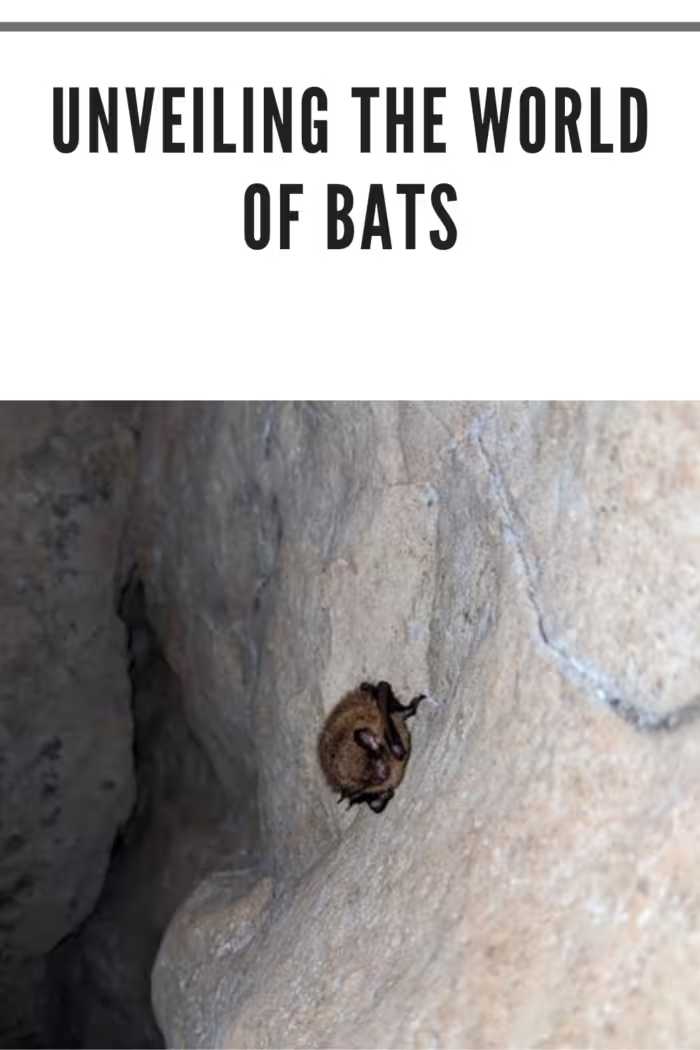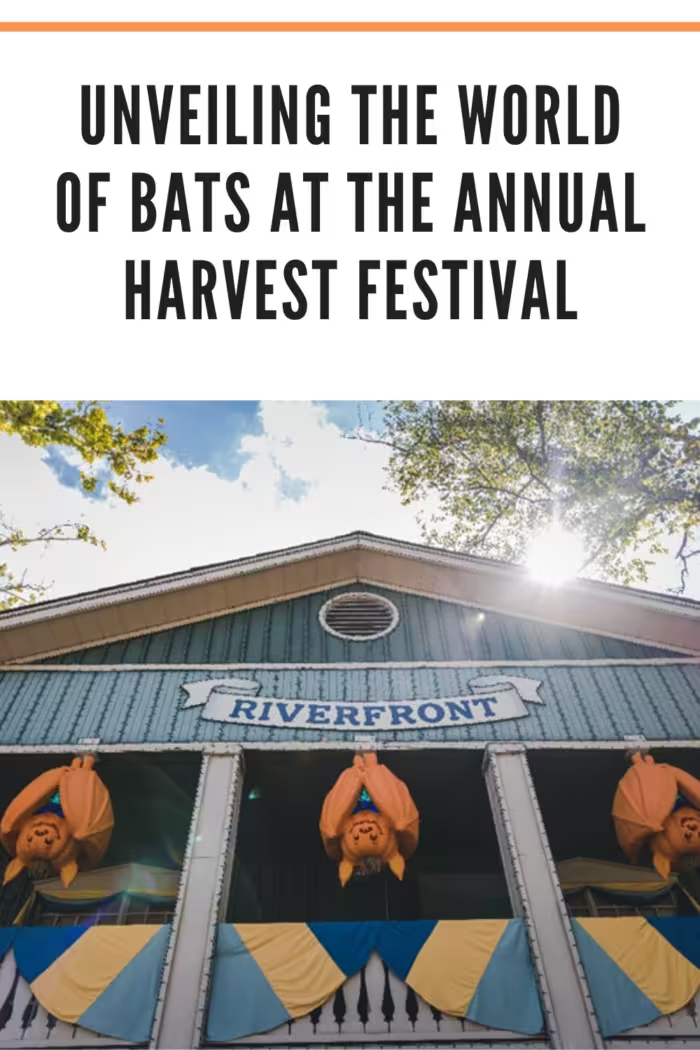Unveiling the Enigma: Embracing the Marvel of Bats!
Bats, often shrouded in myths and portrayed as menacing creatures, deserve a closer look. As International Bat Week (October 24-31) approaches, it’s the perfect time to gain a newfound appreciation for these intriguing flying mammals. Join us as we dive into the world of bats and discover why they are crucial to our ecosystem. Here’s a glimpse of what we have in store:
Bat Facts at a Glance
Before we delve into the exciting world of bats, let’s start with some fascinating bat facts to whet your appetite:
- Bats are the only mammals capable of true flight.
- There are over 1,400 bat species worldwide, with 46 species found in the United States.
- Bats give birth to live young, known as “pups.”
- Bats are meticulous groomers, ensuring they always look their best.
- While bats have poor eyesight, they possess incredible hearing and echolocation abilities.
- Most bats are nocturnal, relying on echolocation to navigate and hunt.
- Bats can be your natural allies against mosquitoes, devouring up to 600 in one night!
- Climate change poses significant challenges for bat populations.
- “White-nose syndrome” threatens bat populations across the country.
Now that you’re intrigued, let’s explore two remarkable places where you can witness these winged wonders up close.
Mammoth Cave National Park near Bowling Green, Kentucky
Discovering Bats in the World’s Largest Cave
Overview Mammoth Cave National Park, located near Bowling Green, Kentucky, boasts the distinction of being the longest and largest cave system globally, with a staggering 426 miles explored and counting. While it used to be open to all, access today requires a ticket and a knowledgeable park ranger to guide your journey.
Bat Diversity This natural wonder is home to a diverse bat population, with 13 confirmed species and two more awaiting official confirmation. Surprisingly, not all bats reside within the cave itself. Some prefer the cave for giving birth or hibernating during the extended winter months from mid-October to mid-April. Others choose to roost in trees, bridges, and building eaves scattered throughout the park.
Conservation Efforts Notably, three bat species at Mammoth Cave have been declared either “threatened” or “endangered” by the federal government. The Indiana bat and gray bat are both endangered, while the northern long-eared bat is threatened. Scientists diligently monitor bat populations, offering the public a chance to participate in “Bat Nights,” where captured bats are assessed and released, providing valuable insights into these remarkable creatures.

This is a rare site: A bat on the wall of Lost River Cave, which is near Mammoth Cave.
Because Lost River has a body of water inside the cave, it’s prone to dampness and flooding … which doesn’t work for bats.
Occasionally a young male bat will enter the cave looking for love … but when he doesn’t find a girlfriend, he heads back out.
Credit: Lost River Cave
Marvel Cave in Branson, Missouri
Exploring the Depths of Missouri’s Deepest Cave
Overview Marvel Cave in Branson, Missouri, is a subterranean marvel, plunging 383 feet below the surface at its deepest point. Today, it’s situated near Silver Dollar City, a renowned theme park that evolved from the cave itself, initially discovered by the Osage Indians around 1500.
Historical Significance Marvel Cave’s history is intertwined with bats in a fascinating way. In the late 1800s, miners sought marble and lead within the cave but stumbled upon a different treasure – abundant bat guano. This guano was a prized resource, fetching a hefty fee of $700 per ton, a fortune in those days.
Bat Diversity Missouri, known as “The Cave State,” is home to numerous bat species. Of the 46 species found in the United States, 16 call Missouri their home. Four of these species inhabit Marvel Cave, including brown bats, tricolor bats, and the endangered gray bats. However, bat populations inside the cave have dwindled due to various factors, including disease, pollution, and pesticides. Presently, about 40,000 bats remain in Marvel Cave.
Best Time for Bat Viewing For a chance to witness these remarkable creatures, join the last two tours of the day. During these evening tours, guests may encounter bats in the cave’s Mammoth Room and Cathedral Room, making for an unforgettable experience.
Embracing Bat Appreciation Silver Dollar City, located near Marvel Cave, celebrates its affinity for bats annually during the Harvest Festival. The park features carved pumpkins resembling adorable bats as part of its festive décor.

In case you don’t get into Marvel Cave during your time at Silver Dollar City, during the annual Harvest Festival,
you can get a glimpse of these gourd-geous pumpkin-style bats on display in the park.
Credit: Silver Dollar City
Conclusion Bats, often misunderstood and maligned, play a vital role in our ecosystem. They pollinate plants, combat pests, and save American farmers billions of dollars each year. This International Bat Week, let’s shift our perspective and learn to appreciate these remarkable creatures. Consider visiting Mammoth Cave National Park and Marvel Cave to witness the magic of bats firsthand. It’s time to celebrate and protect these essential members of our natural world.
